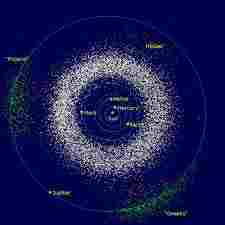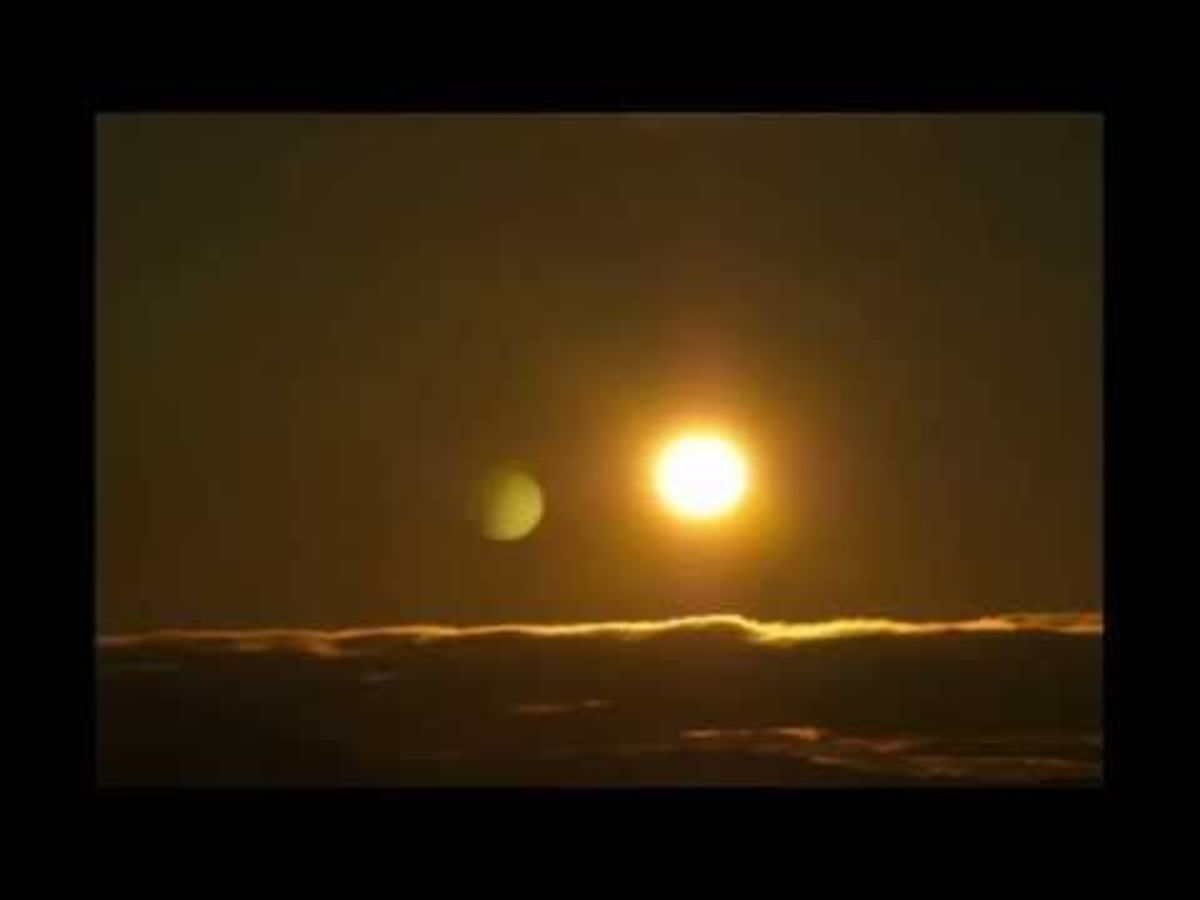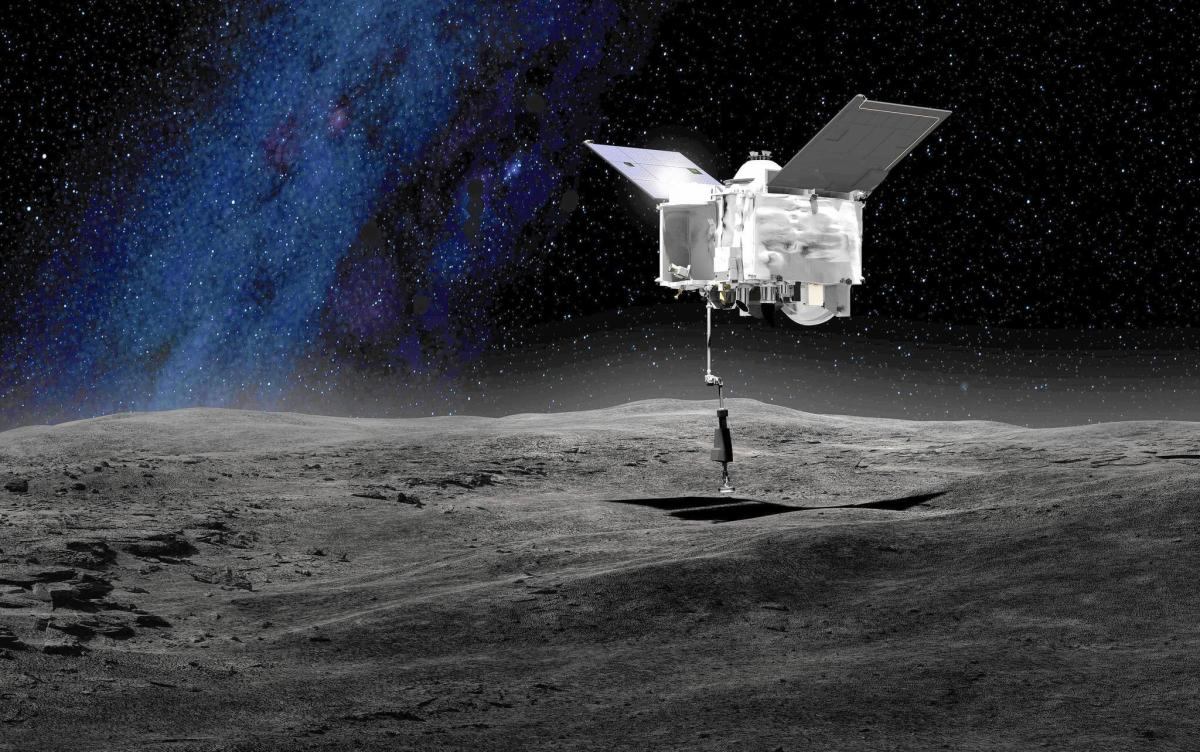Asteroids: "It Came From Outer Space!"
Luck and another's gravity protects us

Time to kiss your a-s goodbye?
When this sci-fi movie was made 60 years ago, we knew relatively little about bodies in space that have - and will - collide with our planet.
The benign aliens arriving in the Arizona desert were tough indeed to have survived the impact, as were the observers not far away.
We know now that asteroids up to a mile across have collided with Earth over the millennia and have caused huge destruction, climate change and the extermination of species.
These catastrophic event are thankfully rare, but there have been thousands of other objects arriving from space, most burning up in our atmosphere, some causing local disasters.
Still many more have landed in our seas, the water swallowing most of the blast effect and the occasional tsunami not recorded.
When you understand just how many objects are found in a solar system, it becomes hard to see why we don’t suffer from more of these invaders, as they are now recorded in the millions.
Most asteroids are composed of rock and/or metal. Recently, some have been found made of, or containing, large amounts of ice. A popular school of astronomical thought suggests all our water came from outer space, locked in the ice in these visitors over billions of years.
This puts them in realm of the comets and meteors, some huge and often containing ice which melts away causing the tails of these particulate masses. Observers in huge telescopes on Earth were surprised when the first asteroids came to light, also with tails indicating their ice content.
But science is far more concerned by the danger presented to us by these chunks of material, some as big as football stadia, and many more large enough to spread mayhem in a large area where they collide.
In fact, the astronomers are less worried about the huge asteroids: their coming will be well anticipated, perhaps for years. And in any event, the collateral damage from the impact of one of these mountain-sized behemoths might spell the end of life on the planet as we know it and we could do little.
What disturbs meteorologists far more are the recently documented “Near Earth Asteroids.”
These might average only several meters across (some larger), but the danger is our defense system of the atmosphere. If one of the bodies does not burn up in time - in the outer fringes of the atmosphere, as most small objects do - it might last until it reaches the braking ability and oxygen-rich layers a few miles above the planet’s surface before exploding in an “air-burst.”
Such is the speed (around 200,000 MPH) of these invaders, that the local shock wave and super-heated air would destroy everything on the ground for miles around.
Most asteroids are held in the “Asteroid Belt,” which loops between Jupiter and Mars, held in orbit by the massive gravitational pull of the former giant. Several are up to 400 kilometers in diameter (one is 950 k!); they vary in size down to most the size of a particle of dust. Every so often, one begins to stray from its regular orbit and these are the few which may one day impact with Earth. Curiously, astronomers tell us they are moved by ‘photon force,” actually the tiny persuasion applied by the light from the sun!
Of the other observable bodies sharing this corner of space with us are comets, which may be large in total, but are formed by a mass of smaller particles and ice where an observable tail is present.
Then meteors, which are generally just tiny asteroids, often with tails. They present little danger to us in this form as they would burn up well outside any danger point.
There are around 50 listed types of asteroid themselves and they are all being as carefully watched as possible in order for warnings of their potential arrival to be announced.
If one day we are warned of the expected arrival of a large asteroid, such as the ones that landed before the demise of the dinosaurs and craters from whom can be found all over the planet, the old adage regarding what you do when your plane is about to crash might be pertinent:
“Bend down, put your head between your legs and kiss you’re a-s goodbye!”



